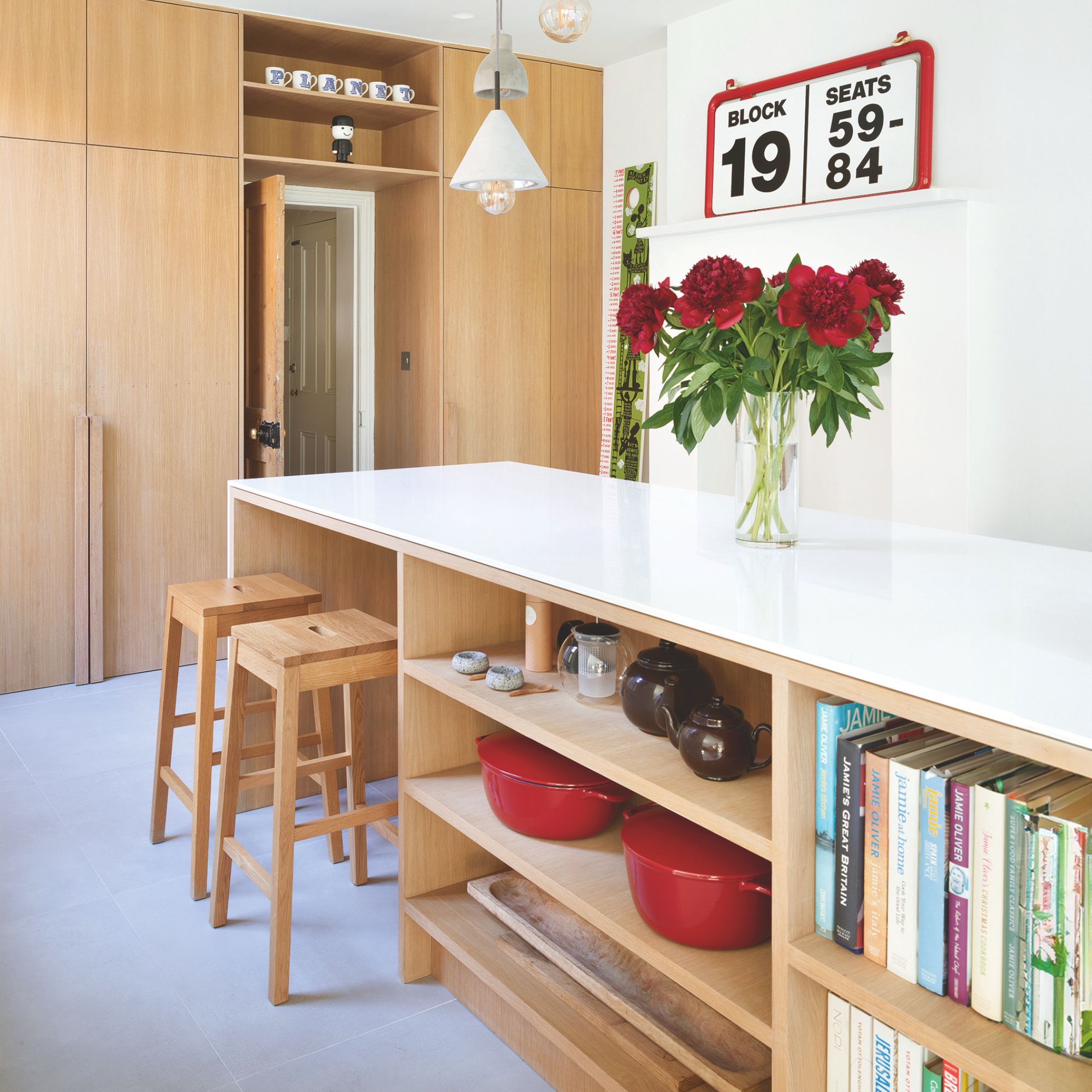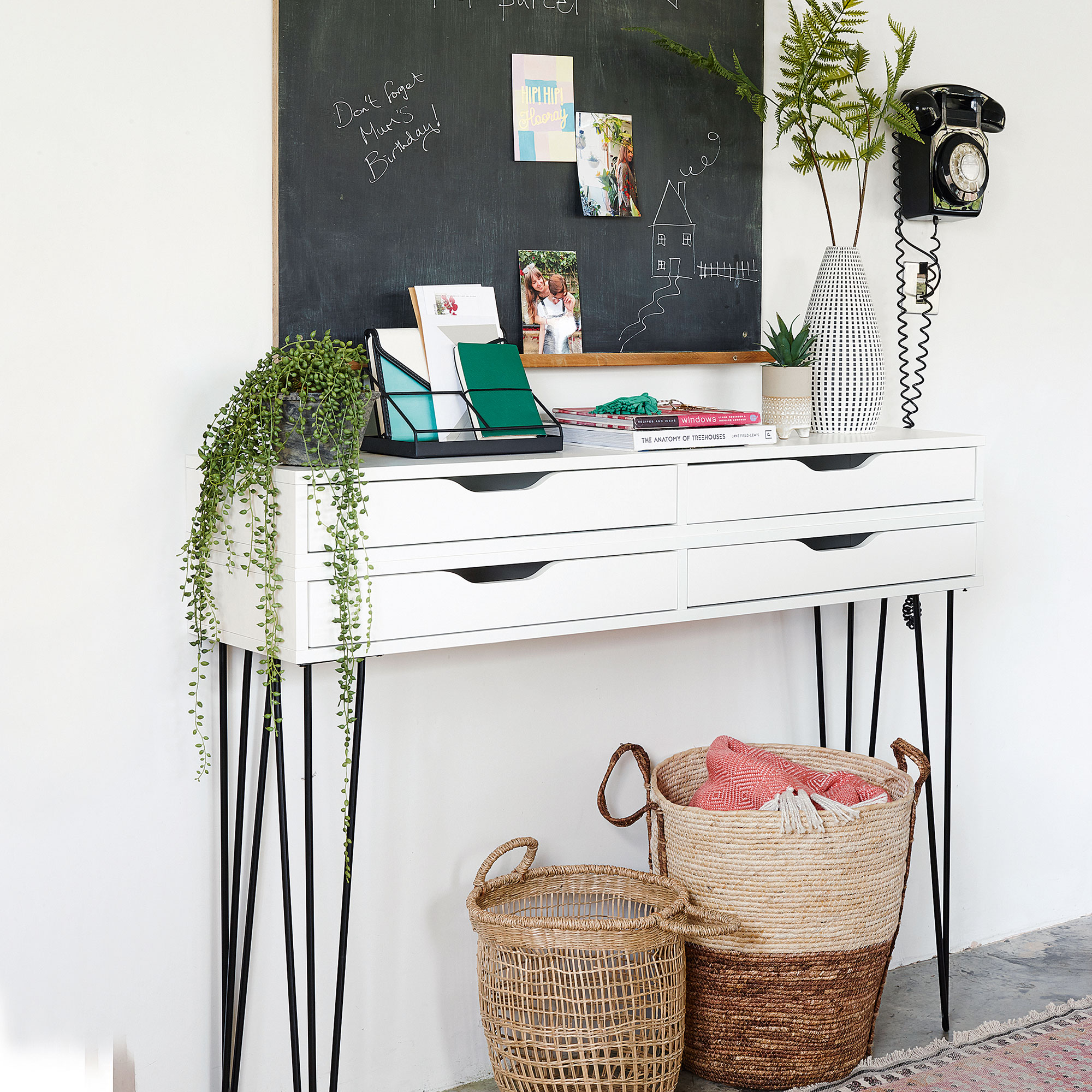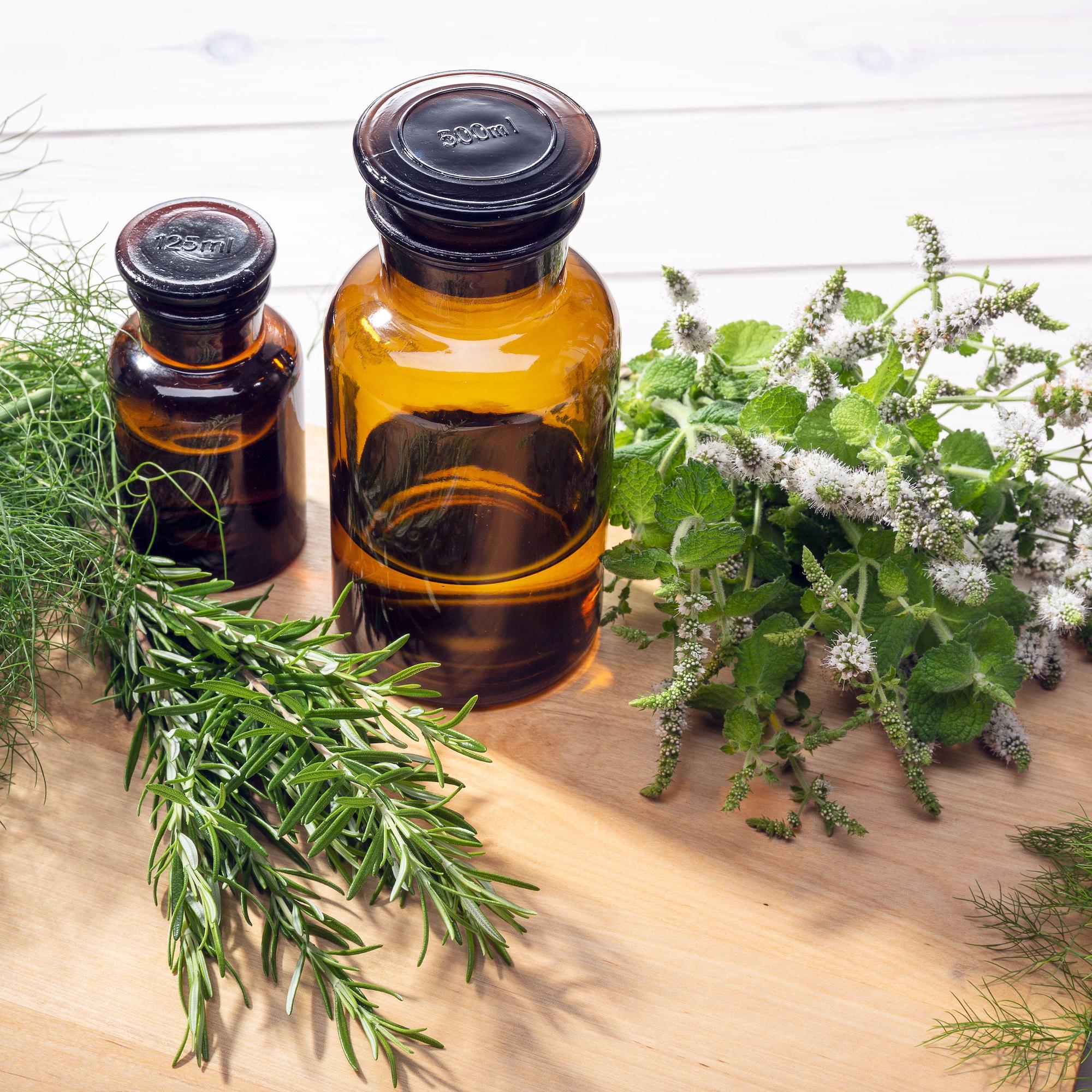How to get rid of emotional clutter in the home – free yourself from the things keeping you stuck in the past
Emotional clutter is the hardest to clear out, but we have some advice from the experts on how to tackle it



The start of a new year always brings with it an urge to move on, instigate positive changes and instil healthier habits. Starting a new diet or exercise regime can be tough going and it’s the same when it comes to emotionally detoxing, too.
Some belongings come with deep emotional ties to a person or time in your past (or both) that you want to stay connected to, but they might be swamping your space or stopping you from embracing the now and finding happiness in the present.
There are myriad decluttering methods, but we asked four professional organisers with expertise and experience in the psychological aspects of decluttering for their advice on how to get rid of emotional clutter.
Cher Casey, The Mindful Organiser, reveals, ‘The most common categories of “emotional” clutter that I see are kids’ artwork, clothes and toys, items passed down by deceased family members, things from a person’s childhood or a meaningful occasion or life stage (wedding, uni or pre-divorce), and jewellery. Books are an underdog category, but are highly sentimental for many of my clients.’

Before you start she warns that this process should be undertaken carefully: ‘Highly emotional and sentimental items should be considered in the latter stages of a decluttering journey. Decluttering is like a muscle: the more you declutter, the easier it becomes to make conscious decisions about keeping or releasing something. I usually begin with functional, non-sentimental things, such as utensils, food, medicine, and household cleaners… to get clients comfortable making confident decisions. We can then move to things like clothes and linens before working our way up to sentimental items.’
‘I also remind clients that decluttering is equally about what you keep and celebrate, not just what you release. I empower them to curate their space by selecting and showcasing items with happy memories of people they love, and letting go of painful or sad memories.’
What is emotional clutter?
Caroline Rogers of Room to Think is a professional organiser whose work is informed by her MSc in applied positive psychology and coaching psychology. Her research into clutter and wellbeing has been published and she also acts as a coach and mentor for professional organisers. This is her definition of ‘emotional’ clutter:
Get the Ideal Home Newsletter
Sign up to our newsletter for style and decor inspiration, house makeovers, project advice and more.
‘“Clutter” is a subjective term. Today’s treasure can become tomorrow’s clutter as the meaning of our possessions changes over time. “Emotional clutter” might describe possessions we cling onto that aren’t serving us because our attachment to them is complex and difficult to unravel.’
Tanya Sanyal at Organised Joy adds, ‘It might be about emotions attached to certain items, or about shopping behaviours or habits that have led to the clutter. For example, overbuying food and stocking up on bulk deals may be linked to a feeling of scarcity growing up or excessive fear of crises. Without unpicking the possible emotional causes of clutter, it’s hard to deal with the physical issue.’

Why can it be unhealthy?
Caroline Rogers explains, ‘People on top of clutter score higher in wellbeing surveys. Healthy relationships with our possessions are good for us. Possessions with negative or unhelpful associations serve as unhealthy reminders of negative and unhelpful feelings. A dead parent’s jumper might be a phenomenal comfort, or a constant reminder of difficult feelings associated with that parent.’
How do you identify your ‘emotional’ clutter?
Julze Best, professional organiser at Holistic Home & Wellbeing, explains, ‘I usually start working on the physical clutter and the emotional clutter tends to surface. That way, negative thoughts, worry, anxiety and overwhelm connected with past events or trauma can be considered in a non-confrontational way, providing the opportunity for clarity and resolution.’
With practice, using mindful ways to declutter can in itself be a positive act.
How to get rid of emotional clutter
1. Pass on unwanted gifts
Julze from Holistic Home & Wellbeing advises, ‘If a gift you are keeping out of obligation lowers your energy, cherish the sentiment in which it was given and pass it on to someone else to enjoy. Ask yourself how often has anyone ever enquired where a gift they gave you is, or why it’s not on display?’

2. Photograph heirlooms that aren’t your style
Julze adds, ‘If you don’t like a family heirloom, you are not obliged to keep it just because it belonged to Granny! If you wish to retain a memory of an item, photograph it, then gift or sell it and treat yourself to something more pleasing that gives you a positive reminder of your relative.’
3. Try a trial declutter for sentimental mementoes
Nostalgia can make this a tricky one, especially if you’re prone to decision fatigue. Cher Casey, The Mindful Organiser, recommends, ‘I’d approach this in the same manner as you would the belongings of a deceased person: talking about the items; seeing if someone else might appreciate them more.’
‘For many, a trial declutter can be very impactful as a method of emotionally detaching from sentimental things. That is, separating the most cherished items and boxing up the rest for, say, three or six months. This allows people to experience life without these items in their immediate vicinity. They can revisit them and see if their attachment has changed with time.’

4. Organise and edit photo collections
Cher says that photos, whether printed or digital, can be more straightforward: ‘There are a few ways to reduce a collection of photographs. Letting go of blurry, damaged or duplicate images and categorising them. Maybe giving some to other family members, putting them into photo albums or digitising them for easier storage.’ Another option would be to create a photo gallery wall.
‘Once revised and edited, it can be a really nice family activity to look through a collection of photos with loved ones. It can give you the chance to relive memories together and to identify unknown people or places.’

A level up from a traditional photo album, simply upload your images and captions to create this stunning album
5. Mind your language about a lost loved one’s belongings
Cher Casey says, ‘I am very selective in the language I use when decluttering emotional items. I never use the words “bin”, “throw away” or “get rid”. Instead I use gentle phrases such as “let go”, “release”, “re-home” and “pass on”. No one wants to think they’re “getting rid” of their mum’s china set, even if they don’t like it and have no use for it. Many times people are able to let go of sentimental items if they know things are going to be used and loved by others.’
6. Talk your way through difficult declutter decisions
Cher continues, ‘When clients have a lot of one particular category – for example, boxes of clothes of their deceased parents or partner – we’ll look at items together and talk about their loved one. In doing so, this often allows them to be more selective in what they keep. A few favourite jumpers they remember their grandma wearing often, or their dad’s favourite jacket.’
‘When there is grief involved, decluttering needs to be done gently and always when the grieving person is ready. It’s a terrible feeling, letting go when you’re deep in grief. When people are ready, I invite them to tell me about their loved one. I listen and I hold space for people to cry and laugh, and feel other emotions. This is key to emotionally processing and ultimately releasing sentimental items. Decluttering is where tidying meets therapy.’
Tanya Sanyal adds, ‘Getting a really good idea of what outcome they want from the process is crucial before starting to go through items as it can be the guiding North Star that will motivate them to go through the difficult process.’

7. See a collection in a new light
Over time, a collection can get out of control and become more of a burden than a pleasure. Tanya Sanyal at Organised Joy London says, ‘I would ask questions to help clients decide for themselves if their collection is truly bringing them joy, considering an overall vision of their ideal lifestyle.
‘Once we understand the purpose and value of the collection in that context, we would then remove all items and lay them all out somewhere new. This is because when we constantly see a collection together, our mind may no longer see it as individual items but as a cohesive whole.
‘I would then encourage a client to pick their favourite items in their collection that they 100% love, and use that as a benchmark to measure the rest.’
FAQs
What can make clearing emotional clutter harder?
Caroline Rogers at Room to Think explains, ‘Many clients find Belk’s (1988) theory of possessions being “extensions of the self” useful in explaining why discarding some items feels like, say, discarding precious memories or relationships. When this happens, our job is to discover ways for them to keep the memory, but not necessarily the possession.’
What are the benefits of getting rid of emotional clutter?
Caroline adds, ‘It’s not possible to keep everything that has an emotional attachment – unless we live in a castle or museum. Making curatorial decisions about what items to keep and how to display or store them is a crucial act. Getting rid of emotional clutter makes our treasures more visible.
'Everyone deserves a home that truly represents themselves – a place of respite, joy, nurture and safety.’

Vanessa Richmond has been a freelance writer, editor and editorial consultant since 2021. Her career in magazines began in 1998 and, apart from a four-year stint at women’s lifestyle magazine Red, it has been spent working on interiors titles including House Beautiful, Country Homes & Interiors and Style at Home. She is a former editor of Ideal Home, Country Homes & Interiors and Style at Home magazines. She has also worked for House Beautiful and Red. During her 25 years as a journalist, she has been a sub-editor, columnist, deputy editor and editor. Now she combines freelance writing with being a secondary-school English teacher.
-
 The 6 outdoor lights from Habitat that I'm choosing between to make my outdoor space look more expensive this summer
The 6 outdoor lights from Habitat that I'm choosing between to make my outdoor space look more expensive this summerI couldn’t believe some of the prices
By Ellis Cochrane
-
 Joseph Joseph 3-piece Saucepan review – seriously space-saving
Joseph Joseph 3-piece Saucepan review – seriously space-savingSmall kitchen? I tested this innovative Joseph Joseph space-savvy set which has foldable handles — and I loved it
By Annie Collyer
-
 Forget seating, this is how you should be making the most out of your kitchen island in 2025
Forget seating, this is how you should be making the most out of your kitchen island in 2025Seating doesn't always have to be a necessity on an island when you can choose these ideas instead
By Holly Cockburn
-

 Experts say this flooring option can improve air quality – and chances are you already have it in your home
Experts say this flooring option can improve air quality – and chances are you already have it in your homeAchieving a healthy home environment has never been easier
By Maddie Balcombe
-
 Productivity hacks for tackling life admin - this is how the experts keep their homes running smoothly
Productivity hacks for tackling life admin - this is how the experts keep their homes running smoothlyTips to get you, your wardrobe and your home in order and keep them that way
By Andrea Childs
-
 How to give your home a September reset - get the house (and kids) ready for back-to-school season
How to give your home a September reset - get the house (and kids) ready for back-to-school seasonTrain the kids in these systems and strategies to make Monday to Friday more manageable
By Vanessa Richmond
-
 How to fit blackout blinds – Expert advice on how to measure and install them in a bedroom or living room
How to fit blackout blinds – Expert advice on how to measure and install them in a bedroom or living roomDIY your way to a darker room and better night's sleep
By Vanessa Richmond
-

 7 mindful ways to clean your home - don't stress about chores, turn them into therapy
7 mindful ways to clean your home - don't stress about chores, turn them into therapyExperts share the proven ways you can turn cleaning into selfcare
By Vanessa Richmond
-
 9 mindful ways to declutter your home - turn a stressful chore into a calming, reflective ritual
9 mindful ways to declutter your home - turn a stressful chore into a calming, reflective ritualTackle your next decluttering session with this mindful approach and feel the benefits
By Vanessa Richmond
-

 How to use essential oils to clean your home naturally – everything you need to know
How to use essential oils to clean your home naturally – everything you need to know8 essential oils to choose for a naturally clean home
By Andrea Childs
-
 How to make cleaning a habit - tricks experts use to make maintaining a clean home easier
How to make cleaning a habit - tricks experts use to make maintaining a clean home easierGet it right and you’ll never have to do a ‘big clean’ again
By Vanessa Richmond

